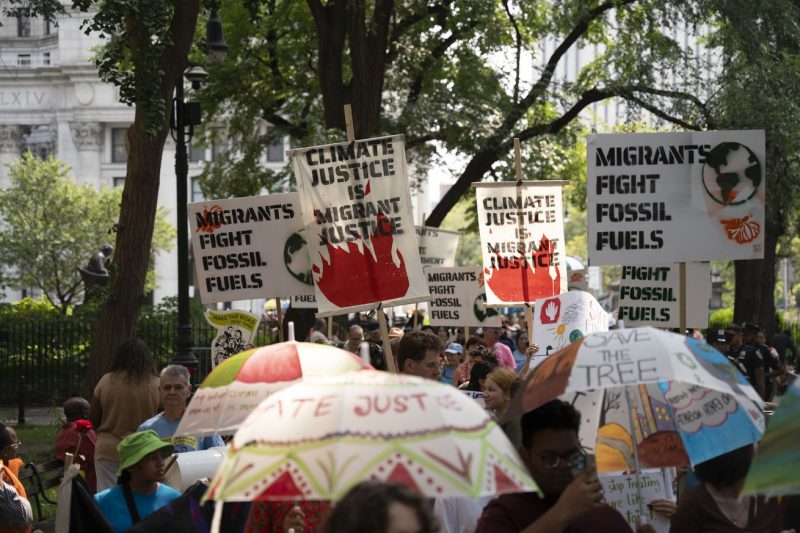
Uncovering the Overlooked Threat: How US Immigration Policy Fails to Address Climate Change
The immigration policies of the United States have long been a subject of debate and controversy, with many arguing that they are in need of an overhaul to address the challenges of the modern world. One significant blind spot in current U.S. immigration policy is the issue of climate change and its impact on population movements.
Climate change is a global crisis that is already having profound effects on communities around the world. Rising sea levels, extreme weather events, and food and water scarcity are all contributing to the displacement of people from their homes. As these effects intensify, experts predict that there will be a significant increase in climate-related migration in the coming decades.
Despite the clear link between climate change and migration, U.S. immigration policy fails to adequately address this issue. The current system is primarily focused on political and humanitarian grounds for immigration, often overlooking the fact that many people are forced to leave their homes due to environmental factors beyond their control.
One of the key shortcomings of the U.S. immigration policy in relation to climate change is the lack of a specific visa category for climate refugees. While there are provisions for refugees fleeing persecution or conflict, there is no equivalent recognition for those displaced by environmental disasters. This leaves many climate migrants in a state of legal limbo, vulnerable to exploitation and without access to the protection and assistance they need.
Furthermore, the criteria for asylum in the U.S. do not explicitly include climate-related factors as grounds for protection. As a result, individuals fleeing the impacts of climate change often do not meet the strict requirements for asylum status, leaving them without legal recourse to stay in the country.
Another issue is the lack of comprehensive planning and support for communities that are directly affected by climate-related displacement. As more and more people are forced to leave their homes due to environmental pressures, there is a growing need for policies that address the root causes of migration and provide assistance to those who are most vulnerable.
In order to address this blind spot in U.S. immigration policy, there is a need for a more holistic approach that recognizes the intersection of climate change, migration, and human rights. This could involve the creation of a dedicated visa category for climate refugees, as well as updating asylum laws to include environmental factors as valid grounds for protection.
Additionally, there should be greater investment in adaptation and mitigation strategies to help communities build resilience to the impacts of climate change and reduce the need for forced migration. This could include funding for sustainable development projects, disaster preparedness initiatives, and international cooperation to support those most affected by climate-related displacement.
By acknowledging and addressing the link between climate change and migration in its immigration policy, the United States can take a proactive stance in responding to one of the most pressing challenges of our time. Only by recognizing the impact of environmental factors on population movements can the U.S. effectively protect the rights and well-being of all those who are forced to leave their homes due to forces beyond their control.
